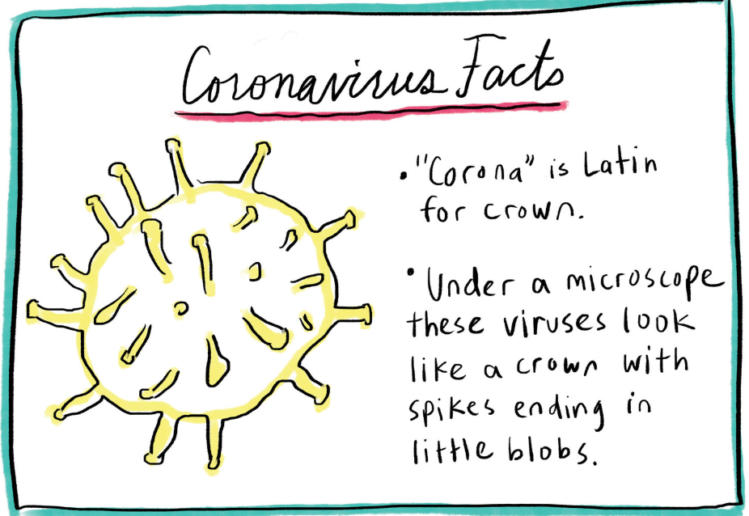[Cross-posted from the KQED Education Blog]
The outbreak of COVID-19 (also called the “novel coronavirus”) is likely to be front-of-mind for you and your students right now. In this rapidly evolving situation, lots of information, misinformation, and rumor have been circulating on social media and the news, which your students may be struggling to sort through and evaluate. This can cause them to feel anxious, fearful, and confused.
That’s where you, the teacher, come in. Here are some teaching resources you can use to help them to sort through the various sources, evaluate whether a claim is reliable or not, and make sense of the statistics that are being shared about the novel coronavirus.
PBS NewsHour recommends two videos on the novel coronavirus, appropriate for middle and high school students, and includes discussion questions focused on seeking out authoritative sources of information on the disease. Also, see this KQED Above the Noise video Top 4 Tips To Spot Bad Science Reporting.
The New York Times Learning Network has two classroom activities that help students apply media analysis techniques to the coronavirus outbreak:
- “What’s Going On in This Graph?” asks students to examine a graph comparing coronavirus to other infectious diseases and consider what story or message the graph might be used to tell.
- “Dangerous Numbers?” helps students go beyond a statistic and consider how those numbers are generated, what messages those numbers tell, and what might be missing from the story.
STEM teacher William Reed from Gwendolyn Brooks College Prep in Chicago has shared a multi-part lesson “Coronavirus: What’s the Real Story?” In it, students will examine media representations about the coronavirus, review authoritative sources and what they say about the disease, and strategize how to evaluate any sources of information and claims that they make.
Kathleen Currie Smith, a library media specialist, and Sean Law, a math teacher at Ledyard High School, in Connecticut co-created a lesson that combines an analysis of media stories about the novel coronavirus and a math activity to calculate the probability of catching the virus and dying from it, based on publicly available data.
More resources:
- KQED Teach course: Bias in Big Data and Algorithms
- A collection of lesson plans and activities from Sharemylesson.com
- A comic for explaining the coronavirus to kids from NPR
- Education Week article: How Teachers Are Talking to Students About the Coronavirus
- Poytner article: What You Need to Know about the Coronavirus
